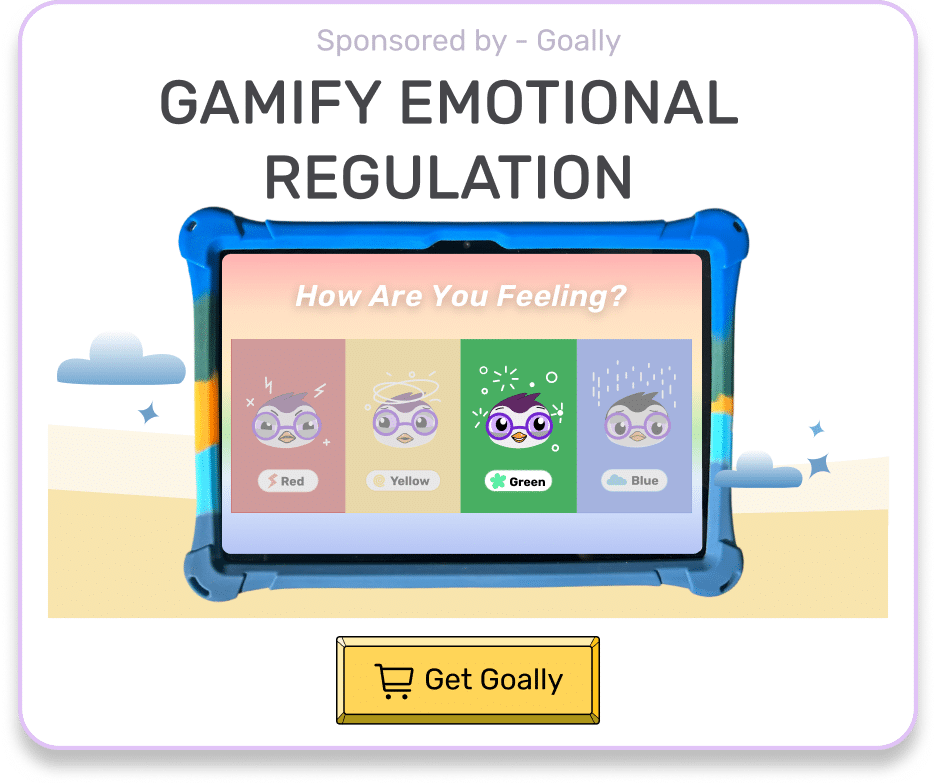Calming a child with autism requires patience, understanding, and a clear approach. In this guide, I’ll break down effective techniques to help your child find calm during stressful moments.
Key Takeaways:
- Start with identifying triggers that cause distress.
- Use sensory-friendly strategies to help your child regain control.
- Teach coping skills like deep breathing and grounding techniques.
- Use clear and simple language to reassure your child during emotional moments.
- Create a calming environment with familiar objects and routines.
How can you help a child with autism calm down? To help a child with autism calm down, begin by identifying their triggers and offering comfort through sensory-friendly activities. Deep breathing exercises, creating a calm space, and using gentle reassurance are effective methods that can help your child regain calm.
Table of Contents
Step 1: Identify Triggers
Every child with autism experiences the world differently, and what causes one child distress might not affect another. It’s crucial to observe your child’s behavior and identify what specifically triggers their stress. Common triggers include loud noises, crowded spaces, or changes in routine.
Once you’ve recognized the triggers, you can begin to minimize exposure or prepare your child in advance. For instance, if loud noises cause distress, having noise-canceling headphones handy can be a lifesaver. Noticing patterns in your child’s reactions helps you anticipate future problems and prevent meltdowns before they happen.
Step 2: Create a Calming Environment
A calming environment is key when your child begins to feel overwhelmed. Try to create a safe space at home where your child can retreat when they need a break. This space could include their favorite sensory items, dimmed lights, or a weighted blanket, which provides soothing pressure.
Whether you’re at home or in public, having portable sensory aids can help. For instance, fidget toys, soft blankets, or even headphones with calming music can make a big difference when your child needs a moment to calm down.

Read more: Calm Down Strategies For Kids
Step 3: Use Sensory Strategies
Many neurodivergent kids respond well to sensory input. Sometimes, sensory overload can lead to meltdowns, and the right sensory activities can help them calm down. If your child enjoys deep pressure, try giving them a firm hug or let them use a weighted vest or blanket.
Another approach is to focus on sensory activities that bring calm, like playing with tactile toys, squeezing stress balls, or even walking barefoot on soft grass. You know your child best, so choose sensory activities that resonate with them.
Step 4: Practice Deep Breathing
Teaching your child deep breathing exercises is a simple yet powerful way to help them calm down. When a meltdown is building, guide your child to take slow, deep breaths. You can make it fun by pretending they’re blowing out candles on a cake or blowing up a balloon.
Breathing exercises help kids regulate their emotions and focus on something other than their stress. With practice, this can become a go-to tool for calming down in stressful moments.
Step 5: Use Visual Schedules
Many kids with autism rely on visual schedules to feel secure and understand what’s happening next. By breaking the day into clear, simple steps, you help reduce the anxiety that comes from uncertainty. Visual schedules can be as simple as picture cards or a whiteboard at home with the day’s activities listed out.
When they know what’s coming, they feel in control, which can significantly reduce their stress levels. If a change is coming, giving your child a heads-up ahead of time can prevent surprise triggers that lead to meltdowns.
Step 6: Offer Gentle Reassurance
During a meltdown, your child might struggle to process what’s happening around them. Offering clear and simple reassurance can help ground them. Try using short phrases like “I’m here,” “You’re safe,” and “It’s okay.” Avoid long explanations or too much talking, as this can add to their stress.
Your calm voice can make a big difference, so stay composed even if your child is upset. Reassure them with your presence, and remind them that they can calm down at their own pace.
Step 7: Introduce Grounding Techniques
Grounding techniques help bring your child’s focus back to the present moment when they feel overwhelmed. A simple method is asking them to name five things they can see, four things they can touch, three things they can hear, two things they can smell, and one thing they can taste.
This technique shifts their focus from the emotional turmoil to their physical surroundings, giving them something concrete to focus on. Grounding techniques are great for reducing anxiety and helping kids regain control during tough moments.

Read more: How Do You Deal With ADHD Meltdowns?
Step 8: Develop Coping Skills Together
Coping skills take time to build, but they’re incredibly valuable. When your child is calm, you can work together to develop strategies that work best for them. Whether it’s learning to ask for a break, practicing deep breathing, or using Mood Tuner, these skills give your child tools to navigate tough situations.
Be patient and practice regularly. The more familiar they become with these techniques, the easier it will be for them to apply them during stressful times. Teaching coping skills also builds their confidence, knowing they have ways to calm down when they need to.
Step 9: Reinforce Positive Behavior
After a meltdown or stressful situation, it’s important to reinforce positive behavior. Praise your child when they use calming strategies, and offer rewards for staying calm during a previously challenging event. Positive reinforcement encourages them to repeat these behaviors in the future.
Be specific with your praise, like saying, “I’m proud of how you used your breathing exercises when you felt upset.” This helps them understand what they did right and encourages them to keep practicing those skills.
Step 10: Stay Patient and Consistent
Patience is key when helping your child with autism calm down. Some days will be harder than others, and that’s okay. Staying consistent with your approach builds trust and security for your child. They’ll learn over time that you’re there to support them, no matter what.
With practice and patience, the strategies you develop together will become second nature, and your child will gain confidence in their ability to manage their emotions.
Tired of Emotional Meltdowns?
Goally’s Mood Tuner app has activities for kids with BIG emotions. Teach kids how to tune their mood with Goally. See fewer meltdowns.
The Mood Tuner app encourages kids to look inwards and identify their feelings, helping them understand what’s going on inside. Once they’ve recognized their emotions, they can choose from a 20+ activities designed to help them self-regulate and find their balance.

Helping your child calm down may feel overwhelming, but with the right techniques, you can guide them through their toughest moments. Start by identifying their triggers, use sensory-friendly approaches, and build coping skills they can rely on when things get tough. By offering reassurance, consistency, and love, you’ll create a space where your child feels safe and understood.
Resources:
FAQs About How to Help a Child With Autism Calm Down
How can I help a child with autism calm down? Strategies to help a child with autism calm down include creating a calm environment, providing sensory tools, using visual supports, practicing deep breathing exercises, and offering reassurance and comfort.
What are some sensory tools that can help calm a child with autism? Sensory tools like weighted blankets, fidget toys, noise-canceling headphones, and sensory bottles can help provide calming sensory input for a child with autism.
How does a visual schedule help in calming a child with autism? Visual schedules offer predictability and structure, which can help reduce anxiety and provide a sense of security for a child with autism, contributing to their overall calmness.
Are there specific deep breathing exercises that can be effective in calming a child with autism? Deep breathing exercises, such as belly breathing and balloon breathing, can help regulate emotions and promote relaxation in a child with autism.
How can I provide reassurance and comfort during a meltdown? During a meltdown, it's important to stay calm, offer a comforting presence, use gentle touch or soothing words, and give the child space and time to regulate their emotions.
This post was originally published on 03/02/2022. It was updated on 10/03/2024.

Goally
We help parents teach their kids life skills, like doing bedtime and morning independently. Backed by science, we incorporate evidence-based practices and expert-informed designs in all of our apps and content.





